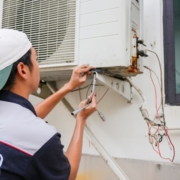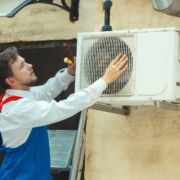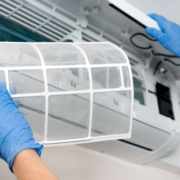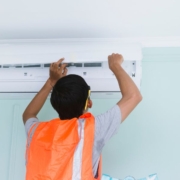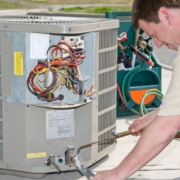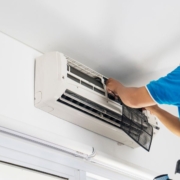What Is an AC Adapter
An AC adapter is an essential device in modern electronics that allows electronic equipment to operate safely and efficiently. It serves as a bridge between a power source and an electronic device, converting electricity to the correct voltage and current required by the device.
Understanding AC Adapters
An AC adapter, also known as a power adapter or charger, converts alternating current (AC) from a wall outlet into direct current (DC) suitable for electronic devices. Most household electricity is supplied as AC, with standard voltages ranging from 110 to 120 volts in North America and 220 to 240 volts in Europe and Asia. Electronic devices such as laptops, smartphones, routers, and gaming consoles require DC at specific voltages, often between 5V and 20V.
AC adapters protect devices by regulating voltage and current. Without proper conversion, excess voltage can damage circuits or reduce the lifespan of components. Modern adapters also include safety features such as short-circuit protection, overcurrent protection, and thermal management.
Components of an AC Adapter
An AC adapter typically includes several key components. The input section connects to the wall outlet and receives AC power. Inside, a transformer adjusts voltage levels, and a rectifier converts AC to DC. Capacitors smooth the output, reducing voltage fluctuations, while regulators maintain a consistent output voltage. The output is delivered through a cable and plug designed to match the device’s power input requirements.
Adapters come in two main types: external and internal. External adapters, often called “wall warts,” attach directly to the outlet and provide a cable to the device. Internal adapters are built into devices and only require a simple connection to AC mains through a power cord.
Importance of AC Adapters
AC adapters are vital for both safety and functionality. They ensure that electronic devices receive stable power, preventing overheating, electrical damage, and performance issues. Adapters also allow devices to be used in regions with different AC voltages. Many adapters support input ranges from 100V to 240V, making them compatible with international power standards.
The efficiency of an AC adapter affects energy consumption. High-efficiency adapters convert more than 85% of input power to usable DC, minimizing heat loss and reducing electricity costs. Regulatory standards, such as Energy Star certification, set efficiency benchmarks to ensure environmental compliance and energy savings.
Common Uses of AC Adapters
AC adapters are widely used in consumer electronics and industrial equipment. Laptops, tablets, and smartphones rely on adapters for charging batteries. Printers, monitors, and networking devices also require stable DC power from adapters. In industrial applications, AC adapters supply precise voltages for sensors, controllers, and automation systems.
Adapters vary in voltage and current ratings, measured in volts (V) and amperes (A). Matching the adapter specifications with the device requirements is crucial to prevent malfunction or permanent damage. Universal adapters with selectable voltages and interchangeable tips provide flexibility for multiple devices.
FAQ
Can I use any AC adapter for my device?
No. The voltage and current must match the device’s requirements. Using an incorrect adapter can damage the device or pose safety risks.
What is the difference between AC adapter and battery charger?
An AC adapter provides DC power to operate a device or charge its battery. A battery charger specifically manages the charging process for rechargeable batteries.
How do I know if my AC adapter is compatible with international power outlets?
Check the input voltage range. Adapters with 100-240V input are compatible with most international outlets. A plug adapter may also be required.
Do AC adapters consume power when not connected to a device?
Yes, but modern high-efficiency adapters consume very little standby power, typically less than 0.5 watts.
Can an AC adapter fail?
Yes. Overheating, voltage spikes, or worn internal components can cause failure. Replacement with a compatible unit is necessary.
Conclusion
An AC adapter is a critical component for the safe and efficient operation of electronic devices. It converts AC from a wall outlet into the precise DC voltage and current required by devices, ensuring stable performance and protection. AC adapters vary in design, voltage, and current ratings, and selecting the correct adapter is essential for device longevity. From laptops to industrial equipment, AC adapters enable modern electronics to function reliably across different environments and power standards.

